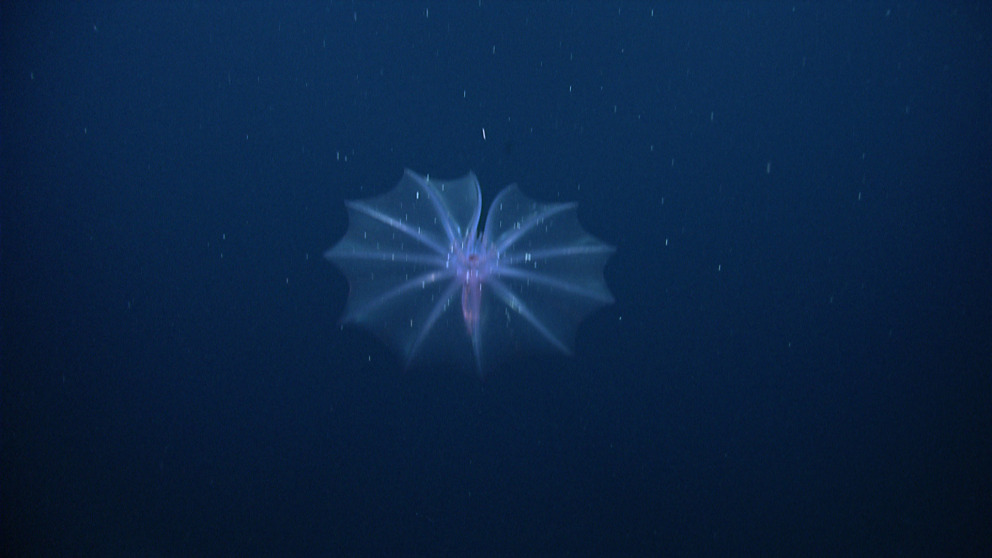Deep Seabed Mining - Test Mining and Fair Benefit Sharing
Duration
The deep seabed is the least understood ecosystem on Earth and is known to contain mineral resources in some areas. These resources could be used in the production of batteries for electric cars and electronic devices like mobile telephones. However, their extraction presents significant technical challenges and is not yet financially viable. Environmental reviews have shown that deep seabed mining could result in irreversible damages on a large scale. Yet governments continue to pursue the development of deep seabed mining despite low commodity prices and the resulting uncertainty about its economic benefits.
UN Convention on the Law of the Sea sets high standards for environmental protection
The deep seabed beyond national jurisdiction has a unique status: under the United Nations Convention on the Law of the Sea, this so-called 'Area' as well as the mineral resources it contains belong to the entire global community. As the "Common Heritage of Mankind", they are meant to be administered for the benefit of developing countries. To ensure that this is the case, the Convention has set high standards for the effective protection of the marine environment from the consequences of potential mining activities. All signatory states to the Convention on the Law of the Sea, including Germany, are jointly responsible for upholding these standards through the International Seabed Authority (ISA) based in Jamaica. Since 2015, these states have been negotiating on legally binding rules for the extraction of mineral resources in the Area.
What criteria must test mining meet?
The project "Deep Seabed Mining - Test Mining and Fair Benefit Sharing" analyses the governance framework for potential mining activities in the deep seabed. In dialogue with stakeholders from the science and policy communities and civil society, it also generates independent reports and other input to support the international negotiation process under the umbrella of the ISA. IASS researchers advise the German Federal Environment Agency (UBA) on issues related to the development of an international governance framework and on Germany's national duty of supervision. This duty falls to the Federal Republic of Germany as a "sponsoring state" for the exploration of raw materials and instrument tests by the Federal Institute for Geosciences and Natural Resources (BGR), a contractual partner of ISA. The researchers also explore how test mining could be a precondition for developing environmental standards and concluding exploitation contracts and investigate options for a fair and equitable benefit-sharing regime. For example, they are developing proposals for closing loopholes in current legislation, criteria for successful test mining, as well as a risk evaluation concept. The IASS enjoys official observer status in the ISA. In this context, the institute's researchers share their insights into questions of environmental protection in the governance of deep seabed mining by way of independent statements and other input (see, for example, information on the completed project "Ecological Safeguards for Deep Seabed Mining", 2015-2017). Their work is currently focussed on an instrument test planned for 2018/2019 in the Clarion Clipperton Zone of the Central Pacific, for which Germany holds an exploration licence.
